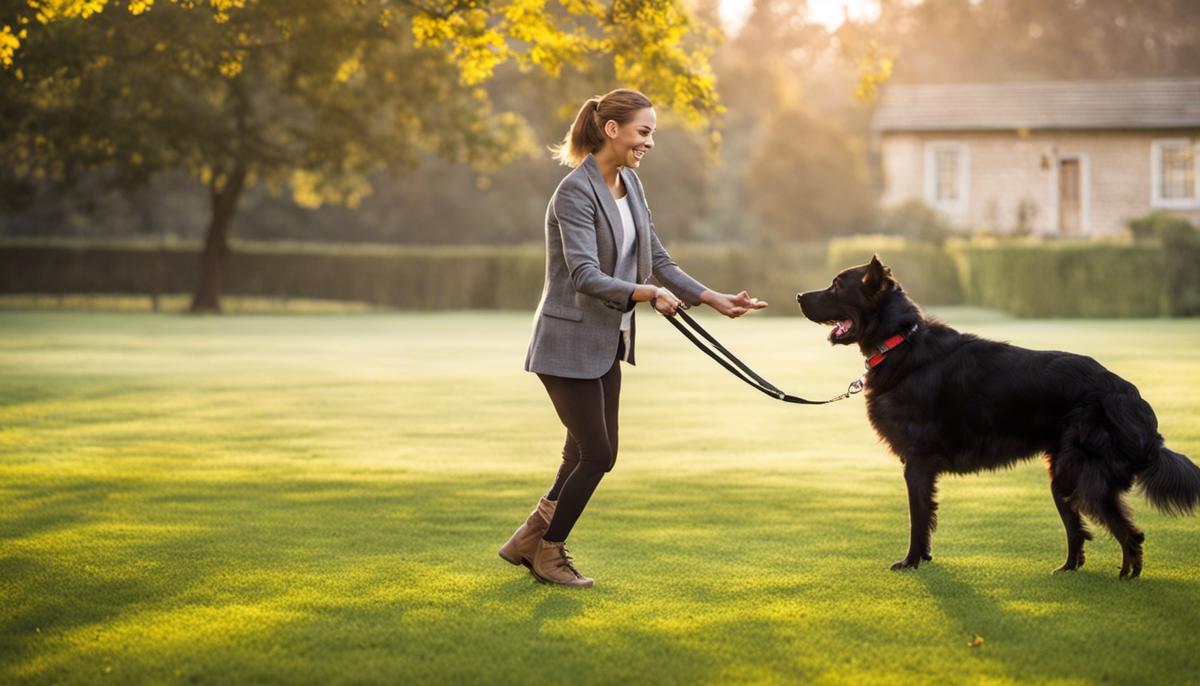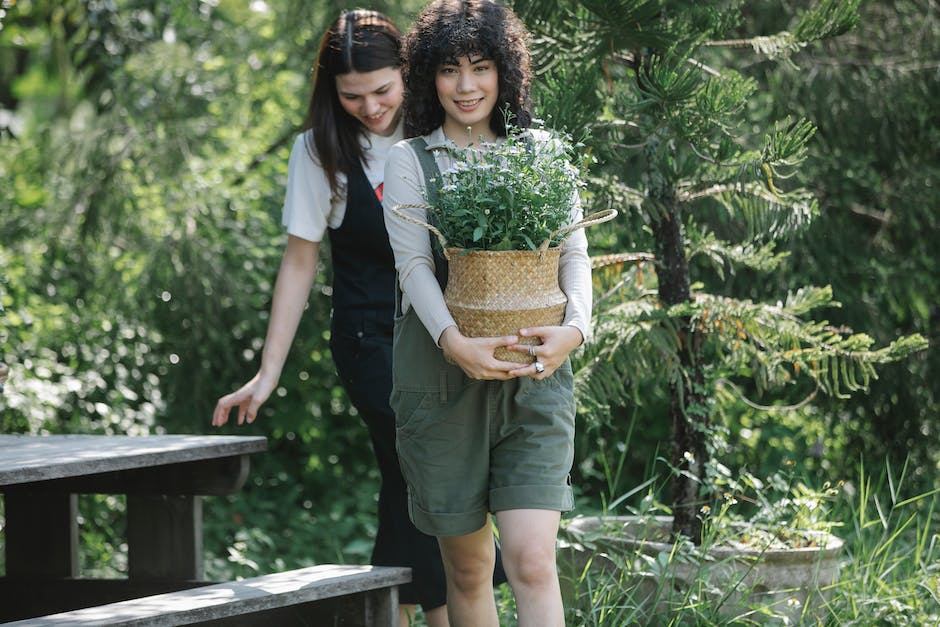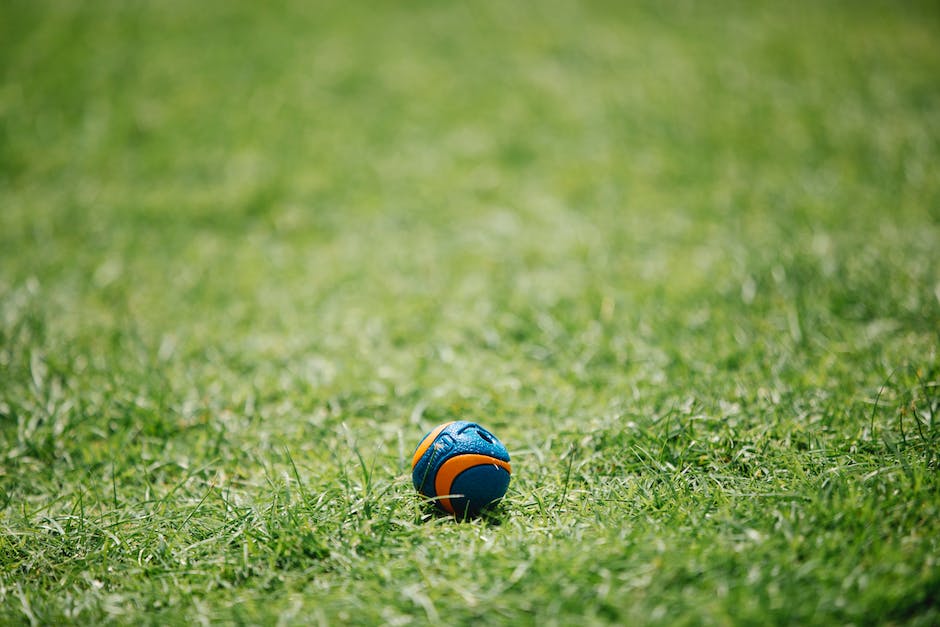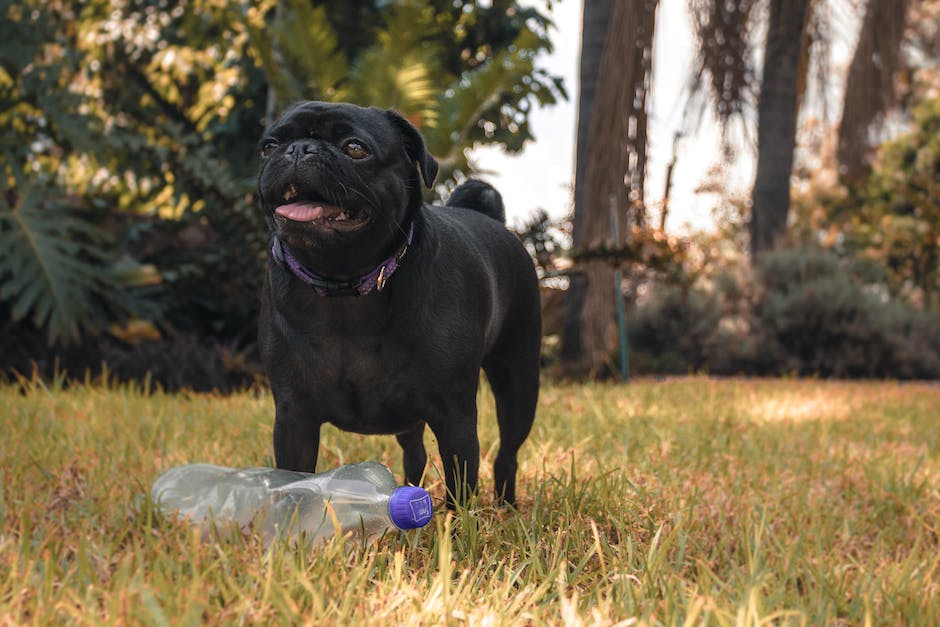How to Keep Your Dog Away from the Garden

Every dog brings joy, laughter, and unconditional love into a home, but what happens when your furry friend is fond of frolicking in the garden, damaging your precious flowers? The key to balancing your pet’s outdoor time and your need to keep a garden in perfect shape lies in training your dog, setting up physical barriers, and using safe dog repellents. This comprehensive guide provides a deeper understanding of training your dog to respect boundaries through positive or negative reinforcement, building solid, pet-friendly physical barriers to keep dogs away from the garden, and understanding how to employ dog repellents effectively.
Training Your Dog
Grow Your Garden and Relationship with Your Furry Friend: A Personal Guide
Let’s just set the scene here: it’s a beautiful Saturday morning, the sun is shining brightly, the birds are chirping, and you head outside to revel in your little sanctuary of tranquility, your garden. But as you look closer, alas, you find evidence of unwanted explorers–paw prints zigzagging through the flower beds, your carefully planted vegetables unearthed, and worst of all, your favorite Begonias have been trampled into oblivion.
Yes, you love your fluffy best friend, but you love your garden too! Here’s the good news; it’s entirely possible to keep your dog out of the garden without harming your paw-some relationship! Here are a few simple steps:
- Create a Dog-Friendly Zone: Invest in creating an area in your yard where your dog can freely dig and play. This doesn’t need to be a large area, but it should be enticing. Fill it with your dog’s favorite toys, and consider hiding treats in the area for him/her to find. This can serve as a distraction and a fun space away from your prized petunias.
- Establish Boundaries: Make sure your garden is visibly different from the rest of the yard. Borders like small fences, stones, or planters can help your pooch recognize where it can and can’t go. Once these physical boundaries are up, consistently enforce them. If you see Rover approaching or sniffing around, gently lead him away, reinforcing that this isn’t the place to play.
- Use Dog-Repellent Plants: Some plants naturally repel dogs. Rue, Coleus Canina, citronella can be lovely additions to your garden, and Rover might just steer clear because of their smell. However, always check these plants are safe for your specific dog breed.
- Train with Commands: Train your dog to understand and follow commands like “Leave it” or “Out.” This can take time, but it’s beneficial for other areas of your dog’s life too. Start with treats and praise to reinforce this behaviour, and over time, gentle correction when they ignore the command.
- Patience is Key: Remember, your furry friend isn’t wreaking havoc out of malice, but often out of boredom or curiosity. Patience and consistent reminders will eventually lead your dog to understand their territory.
- Professional Training: If you’re struggling or don’t have the time to train your dog regarding this behaviour, consider hiring a professional dog trainer. They possess the knowledge and skills to help your dog understand boundaries effectively.
So, take heart! With these tips, it’s entirely possible for your green thumb and your furry friend to live in perfect harmony. Your garden can flourish and your dog can frolic freely, making your outdoor space a peaceful place for the whole family.

Setting Up Physical Barriers
Crafting Physical Barriers to Keep Furry Paws Out of the Garden
It’s wonderful to have two joys of life side by side—our darling dogs and our stunning gardens. But sometimes these two joys clash, and our beloved pets may turn our prized plants into their personal playground! Though dog-friendly zones and boundary training are fun start points, sometimes you may need to introduce some concrete solutions, literally.
One practical solution is to install fencing around the garden. Opt for high, durable fences that your dogs can’t climb or break through. Vinyl, wood, wire, or metal fences are great choices— they’re solid, long-lasting, and they give your garden a neat, organized appearance. Invest in a well-built gate and remember, the key is to install the fence deep enough into the ground to prevent any determined digging underneath!
If fences fail to appeal to your aesthetic senses, try pretty pickets instead. They are functional yet fashionable, giving your home a charming, cottagey feel. Their advantage lies in the space between the panels, allowing light and air to filter through whilst keeping your dogs at bay.
Raised plant beds can also be a life (or rather, plant) saver. These planter boxes, lifted from the ground, create a physical barrier preventing the dogs from frolicking amidst your plants or worse, mistaking them for a bathroom spot! Not only do raised beds protect your plants, but they also provide excellent soil drainage and temperature regulation benefits.
Garden structures like trellises and pergolas may help as well. These structures lend beauty to the garden while serving as barriers for dogs. Climbing plants love these structures, and they form a natural barrier without coming across too strong or obvious.
If your best buddy is a small breed, why not opt for decorative garden edging or borders? Rocks, bricks, metal, or plastic edgings can make your garden look beautiful, and serve as a decent deterrent for tiny paws from treading on your precious plants.
Another fun and creative physical barrier could be cool and quirky garden decorations. Think wind chimes, scarecrows, decorative garden stakes, or larger sculptural pieces. These can serve as great deterrents, not to mention conversation starters!
In conclusion, it’s all about finding a balance— striking a sweet spot between keeping your garden safe and keeping your dog happy. Recall the saying, “Good fences make good neighbors,” well they make good pets too!
Creating a dog-proof garden doesn’t have to be a joyless chore. With a sprinkle of creativity, a dash of fun, and a touch of persistence, the journey of building physical barriers can be a fulfilling addition to your homemaking repertoire. So let’s roll up those sleeves and let the garden-fortifying begin!

Using Dog Repellents
Dog Repellents: An Effective Solution for Steering Your Dog Clear of the Garden
There’s nothing like a great day spent with family in your blooming garden, right? But what’s more disconcerting than realizing that your beloved, energetic, and curious canine companion is starting to develop quite an affinity for digging up your cherished chrysanthemums? Fortunately, dog repellents can come to the rescue to help protect the green oasis you’ve worked so hard to create and maintain.
Dog repellents are often the next best step in our mission to dog-proof our yards and gardens. Predominantly, these come in two types: commercial dog repellents and homemade DIY solutions. These repellents, being harmless to your furry friend, can help safeguard your garden when implemented rightly, and when coupled with the beneficial strategies like fencing, raised plant beds, and garden decorations.
Commercial dog repellents come in different forms—sprays, granules, and even ultrasonic devices. These products often contain odors or tastes that dogs dislike. Citrus, vinegar, and hot pepper are common ingredients that are usually included in these repellants as they are offensive to a dog’s acute sense of smell and taste. For instance, sprays can be directly applied to the plants, and granules can be scattered around the garden perimeter. Keep in mind to check their safety for other pets and wildlife before using them.
On the other hand, if you’re more into homemade, natural solutions, crafting your dog repellent gives you control over what’s in it. An easy recipe is to mix equal parts vinegar and water and spray it around your garden. Another formula involves crushing dried orange or lemon peels and scattering them around your prized petunias. The powerful citrus scent, while pleasing to us, generally isn’t a favorite of our four-legged friends.
To be effective, use these repellents consistently and renew them often, especially after rainfall. This will ensure that your dog’s keen nose always picks up the deterrent scent, thus discouraging them from wreaking havoc in your lovingly tended garden.
Remember that these repellents are a way to discourage unwanted behaviors, not to punish your furry friend. Always accompany the deterrent methods with positive reinforcement for staying out of restricted areas. Praise them, pet them, or give them a treat each time they choose to stay clear of the garden. This will make them associate their decision with a positive experience.
In all our homemaking endeavors, the challenge lies in maintaining an environment that’s both dog-pleasing and human-pleasing. It’s important to use a strategy that combines effective dog repellents, sufficient space for them to play and explore, and continual training. With creativity, patience, and a daily dose of love, it is feasible to have a beautiful garden alongside a boisterous dog.
Remember, we are creating a home that celebrates family—which includes our furry members—and our shared experiences. So here’s to more fun, laughter and occasional mischief in our backyards with our playful canine companions in the picture—maybe just not in the garden! So get to work, keep those tails wagging, and those flowers blooming!

A well-trained dog can enjoy the outdoors without causing havoc in your garden. By implementing each of the aforementioned strategies—be it investing time in effective dog training, creating physical barricades that are both functional and aesthetically appealing, or cautiously incorporating pet-safe deterrents—the harmonious equilibrium between your garden and your pet is attainable. Employ these methods, and you and your furry friend can enjoy the fruits (and flowers) of your labor, further strengthening the bond between you two by ensuring a safe and beautiful outdoor environment.



